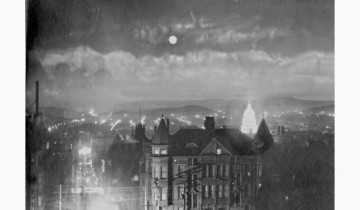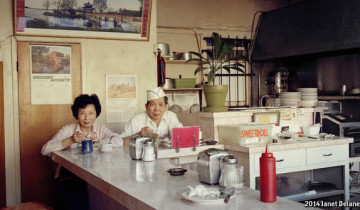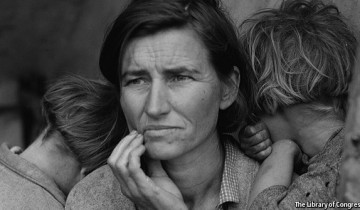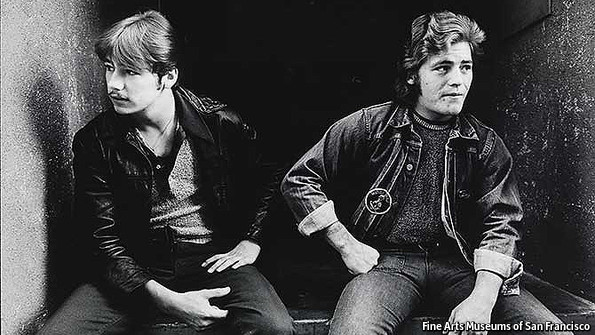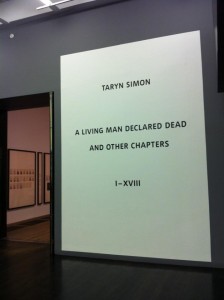 For four years, Taryn Simon traveled the world photographing 18 family bloodlines and their related stories. The resulting images document victims of genocide in Bosnia, a polygamist family in Kenya, the alleged body double of Saddam Hussein’s son, Uday, Filipino farmers and miners, children with no known bloodline from a Ukrainian orphanage, and many more.
For four years, Taryn Simon traveled the world photographing 18 family bloodlines and their related stories. The resulting images document victims of genocide in Bosnia, a polygamist family in Kenya, the alleged body double of Saddam Hussein’s son, Uday, Filipino farmers and miners, children with no known bloodline from a Ukrainian orphanage, and many more.
“A Living Man Declared Dead and Other Chapters I-XVIII 2011,” which contains more than 800 portraits, as well as extensive annotations and footnotes, is on display through Jan. 2 at the Tate Modern in London.
“You have these 18 stories and between all of them, something is said that is maybe not so easy to articulate about the complexities of life, birth and death,” Ms. Simon said. “What does it all amount to, are we evolving, or just repeating? It is about fate. Whether fate is determined by chance, blood or circumstance.”
The exhibition includes empty portraits to represent living members of a bloodline who could not be photographed due to imprisonment, military service, dengue fever, or women who were not granted permission to be photographed. Some sent clothing to be photographed instead of themselves.
The annotations and footnotes are exhaustive and compelling. The man for whom the exhibit is named, for example, discovers that official records list him as dead, even though he is in fact alive, and his land is no longer registered in his name.
“It never amounts to some sort of conclusion. For me it’s about those areas that are less speakable in a way. It’s not about forming an equation that arrives at an answer, but lots of questions, and disorientation,” Ms. Simon said.
Ms. Simon’s work is included in major public collections at The Metropolitan Museum of Art, Whitney Museum, Centre Pompidou in Paris, and the Los Angeles Museum of Contemporary Art. Her previous “Contraband 2010” project presented more than 1,000 images of items detained or seized from passengers and mail entering the United States from abroad. Her 2007 work, “An American Index of the Hidden and Unfamiliar 2007,” included radioactive capsules at a nuclear waste storage facility and the art collection of the C.I.A.
“My past work was always about cataloging things but in this, I wanted to find an absolute catalog, something I could not edit,” Ms. Simon said. “That led me to blood, a representation of order, but to have that budding up against disorder of the stories, concerned with ideas and systems behind stories themselves. Several of the stories read like something out of the past that are happening now, or may happen in the future.”
The full story is at the NEW YORK TIMES
